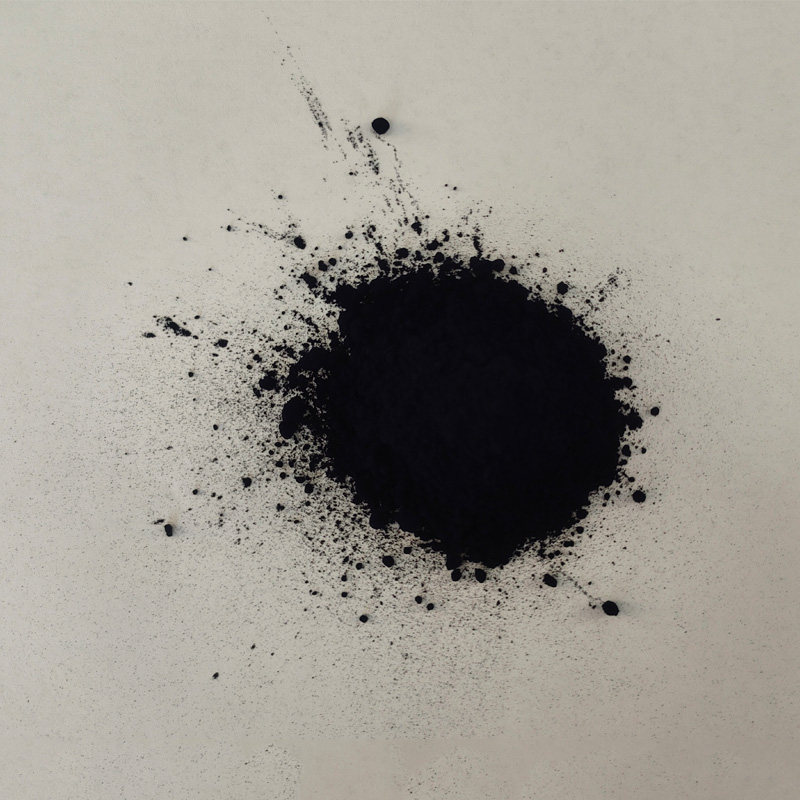Exploring the Art and Science of Indigo Dyeing Techniques and Traditions
The Art and Science of Indigo Dyeing
Indigo dyeing is an ancient craft that has captivated artisans and fashion enthusiasts for centuries. Known for its deep blue hues, the process of indigo dyeing has a rich history that spans multiple cultures across the globe. From the beautiful textiles of Japan to the vibrant fabrics of West Africa, Indigo dyeing is more than just a technique; it is an art form steeped in tradition.
The History of Indigo Dyeing
Indigo has been used for dyeing for over 6,000 years, making it one of the oldest dyes known to humanity. The dye is derived from the leaves of the indigo plant, primarily *Indigofera tinctoria*. Early records suggest that the dyeing process began in ancient civilizations such as Egypt, India, and China. As trade networks expanded, indigo made its way to Europe, where it became a valuable commodity. The lucrative nature of indigo farming led to its cultivation in various colonies, particularly in the Americas.
In Europe, indigo had a significant impact on the textile industry, providing a rich color that was both desirable and durable
. The invention of synthetic indigo in the late 19th century by German chemist Adolf von Baeyer revolutionized the dyeing process by making it more accessible and affordable. Despite this, traditional methods of indigo dyeing remain cherished for their cultural significance and the unique qualities of the dye.The Dyeing Process
Indigo dyeing involves several steps, beginning with the preparation of the indigo leaves. The leaves are harvested, fermented, and processed to extract the dye. This extraction process produces a blue pigment that is water-insoluble, which means it cannot be directly dissolved in water for dyeing. Instead, artisans convert it into a soluble form, known as “indigo white,” through a chemical process involving the use of a reductive agent like sodium hydrosulfite.
The dyeing process itself typically involves a few key steps 1. Preparation of the Fabric Natural fibers such as cotton, silk, and wool must be prepared to absorb the dye effectively. This often involves washing and sometimes pre-treating the fabric with a mordant to help fix the dye.
indigo dyeing

2. Dyeing The fabric is submerged in a vat of indigo dye, where the reduced indigo can penetrate the fibers. One of the unique aspects of indigo dyeing is the transformation that occurs when the fabric is removed from the vat. Initially, the fabric appears green, but as it is exposed to oxygen, the indigo oxidizes, turning a deep blue hue.
3. Rinsing and Drying After dyeing, the fabric is thoroughly rinsed to remove any excess dye and then dried. The depth of color can be adjusted by repeating the dyeing process multiple times, allowing for a range of shades from light to dark.
Cultural Significance
Indigo dyeing is more than just a textile technique; it carries significant cultural meaning across different societies. In West Africa, indigo-dyed fabrics are often used in ceremonial attire and symbolize wealth and status. In Japan, the process known as shibori involves intricate folding and tying of the fabric before dyeing, resulting in stunning patterns that highlight the beauty of indigo.
Moreover, indigo dyeing has recently gained renewed interest in the fashion industry, as consumers seek sustainable and ethically-produced textiles. Many modern designers are experimenting with traditional indigo techniques to create unique pieces that honor the craft’s rich heritage while appealing to environmentally conscious customers.
Conclusion
Indigo dyeing is a testament to the fusion of art and science, reflecting centuries of tradition and innovation. As we move further into a world increasingly focused on sustainability and ethical practices, the timeless craft of indigo dyeing stands out as a beacon of cultural significance. By embracing these traditional techniques, we not only honor the artisans who came before us but also pave the way for a more sustainable future in the world of fashion and textiles. Whether it is through the stunning hues of a hand-dyed scarf or the intricate patterns of a trunk show, indigo dyeing will continue to inspire and captivate for generations to come.
-
The Timeless Art of Denim Indigo Dye
NewsJul.01,2025
-
The Rise of Sulfur Dyed Denim
NewsJul.01,2025
-
The Rich Revival of the Best Indigo Dye
NewsJul.01,2025
-
The Enduring Strength of Sulphur Black
NewsJul.01,2025
-
The Ancient Art of Chinese Indigo Dye
NewsJul.01,2025
-
Industry Power of Indigo
NewsJul.01,2025
-
Black Sulfur is Leading the Next Wave
NewsJul.01,2025

Sulphur Black
1.Name: sulphur black; Sulfur Black; Sulphur Black 1;
2.Structure formula:
3.Molecule formula: C6H4N2O5
4.CAS No.: 1326-82-5
5.HS code: 32041911
6.Product specification:Appearance:black phosphorus flakes; black liquid

Bromo Indigo; Vat Bromo-Indigo; C.I.Vat Blue 5
1.Name: Bromo indigo; Vat bromo-indigo; C.I.Vat blue 5;
2.Structure formula:
3.Molecule formula: C16H6Br4N2O2
4.CAS No.: 2475-31-2
5.HS code: 3204151000 6.Major usage and instruction: Be mainly used to dye cotton fabrics.

Indigo Blue Vat Blue
1.Name: indigo blue,vat blue 1,
2.Structure formula:
3.Molecule formula: C16H10N2O2
4.. CAS No.: 482-89-3
5.Molecule weight: 262.62
6.HS code: 3204151000
7.Major usage and instruction: Be mainly used to dye cotton fabrics.

